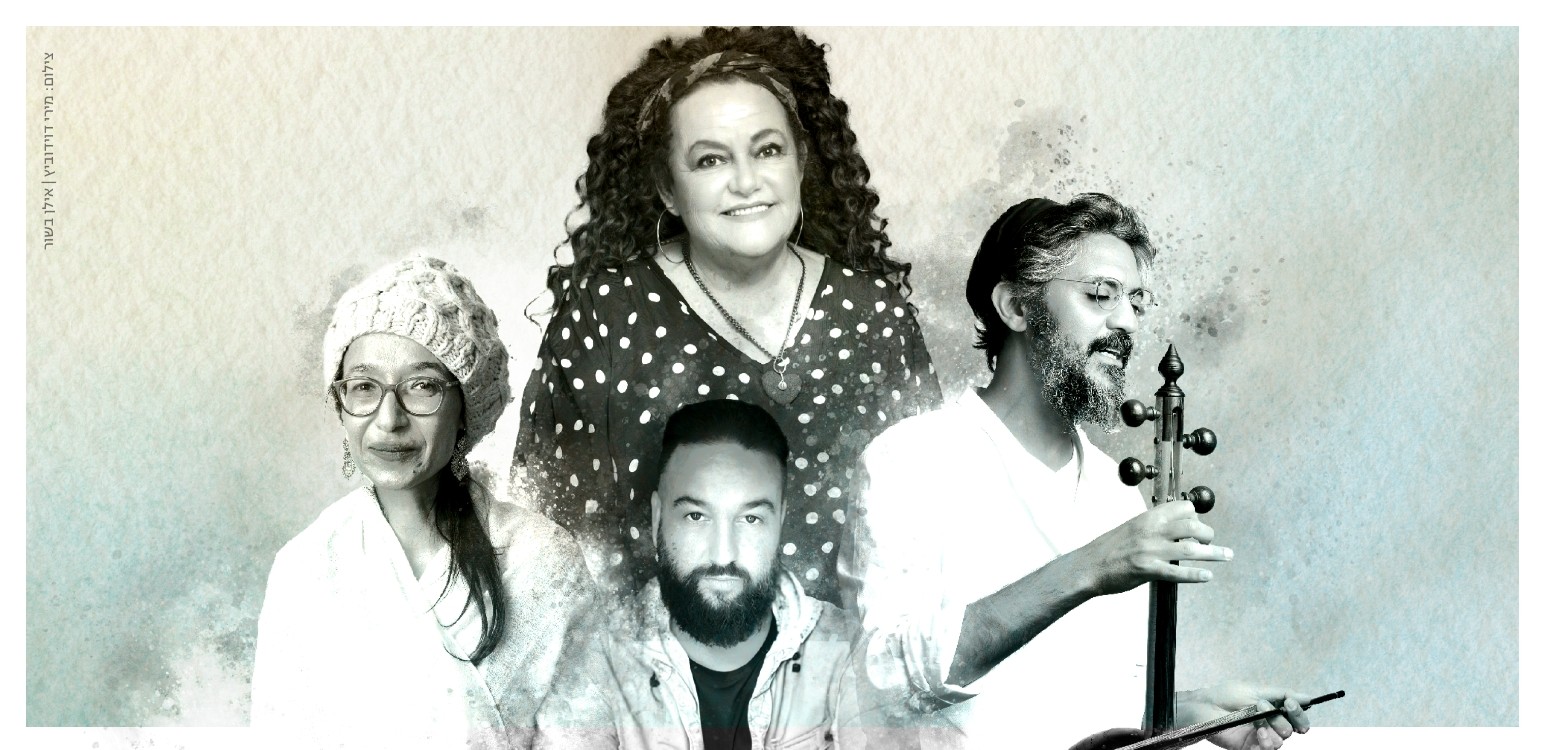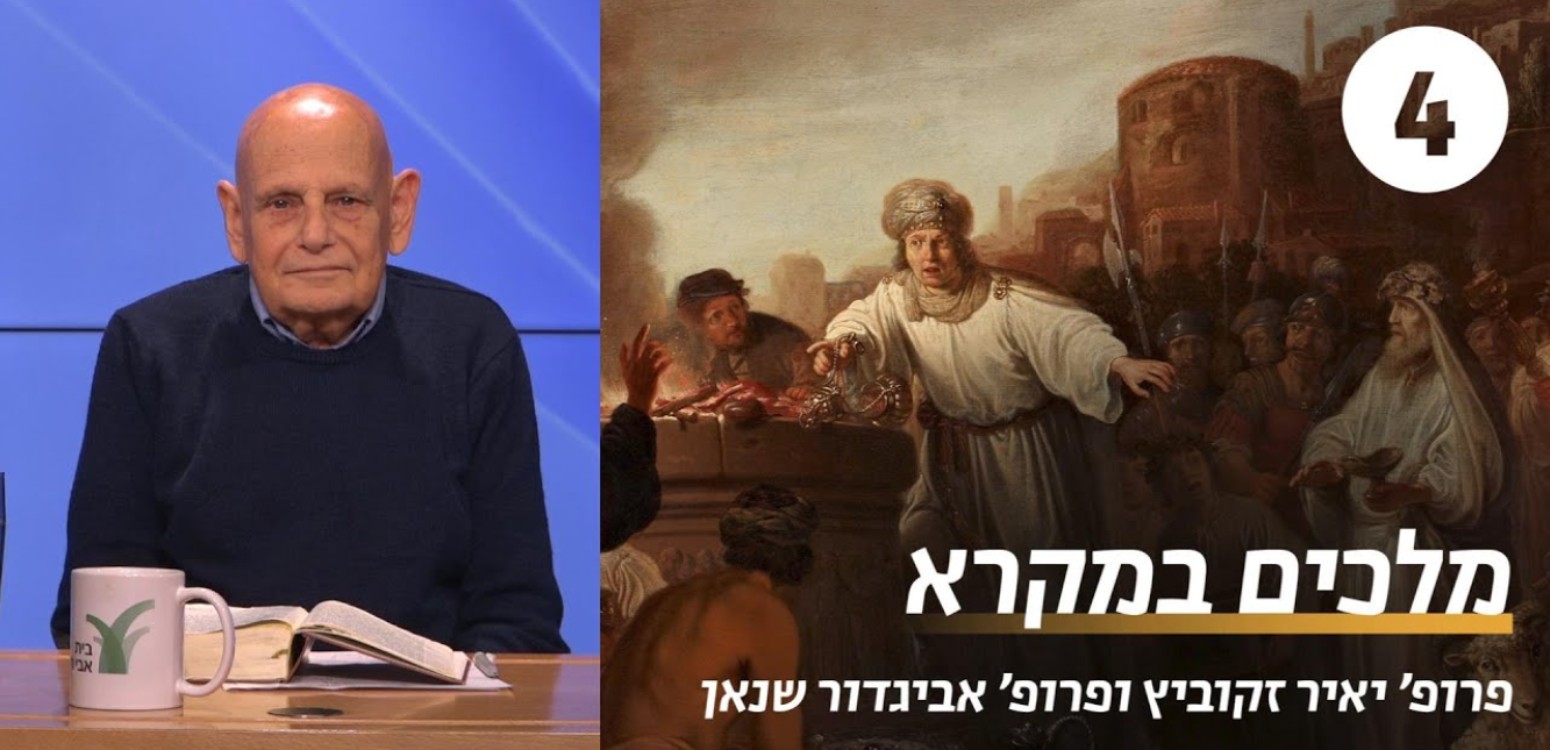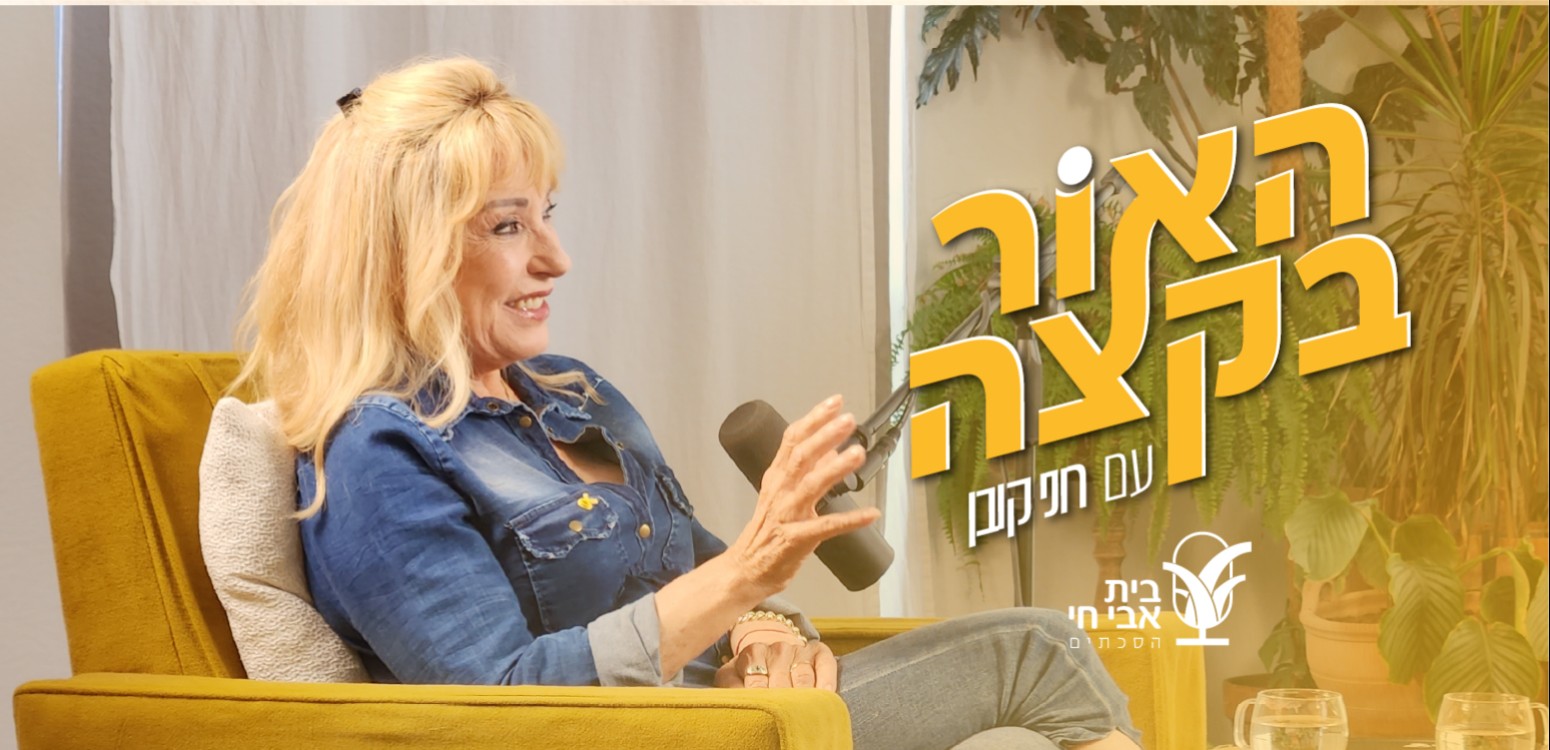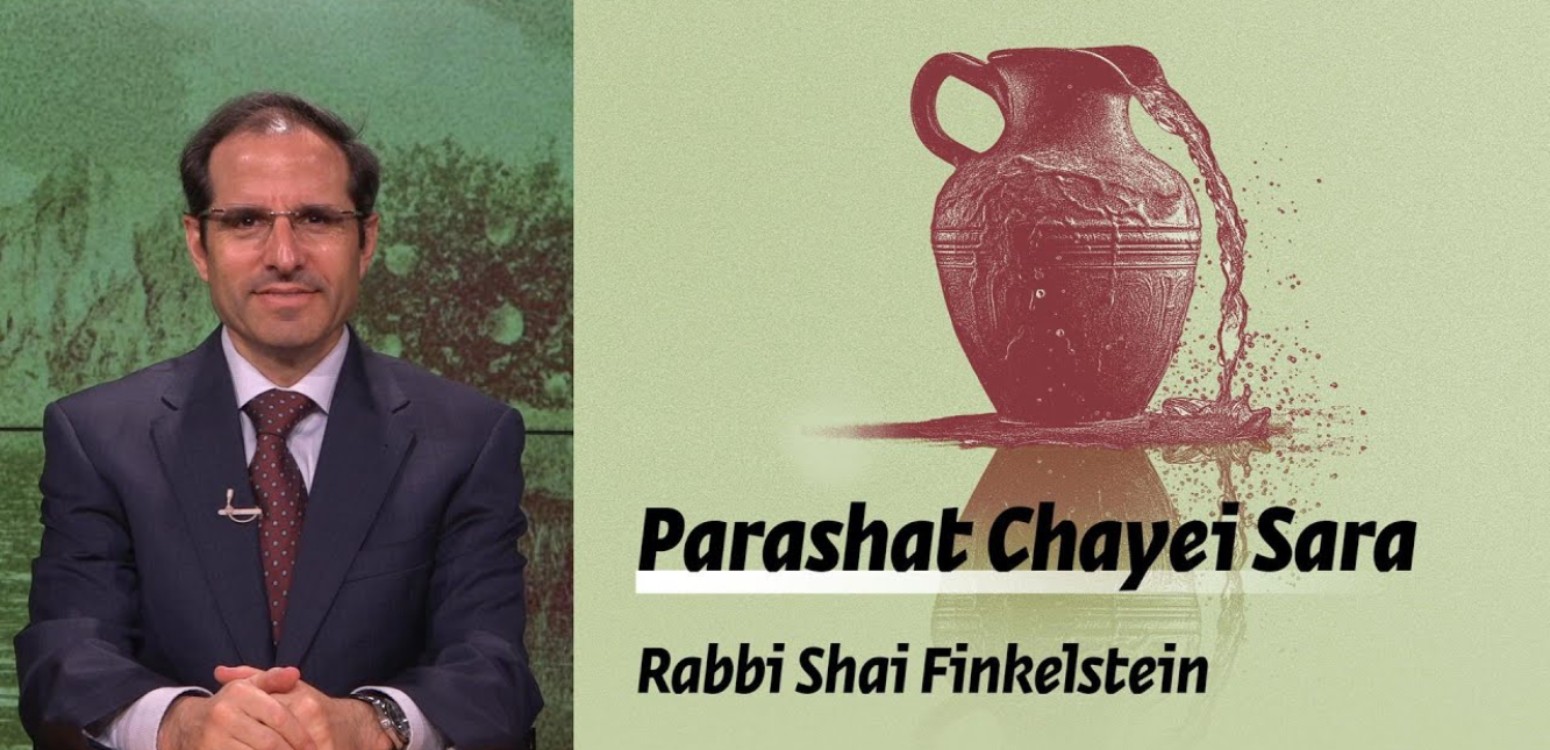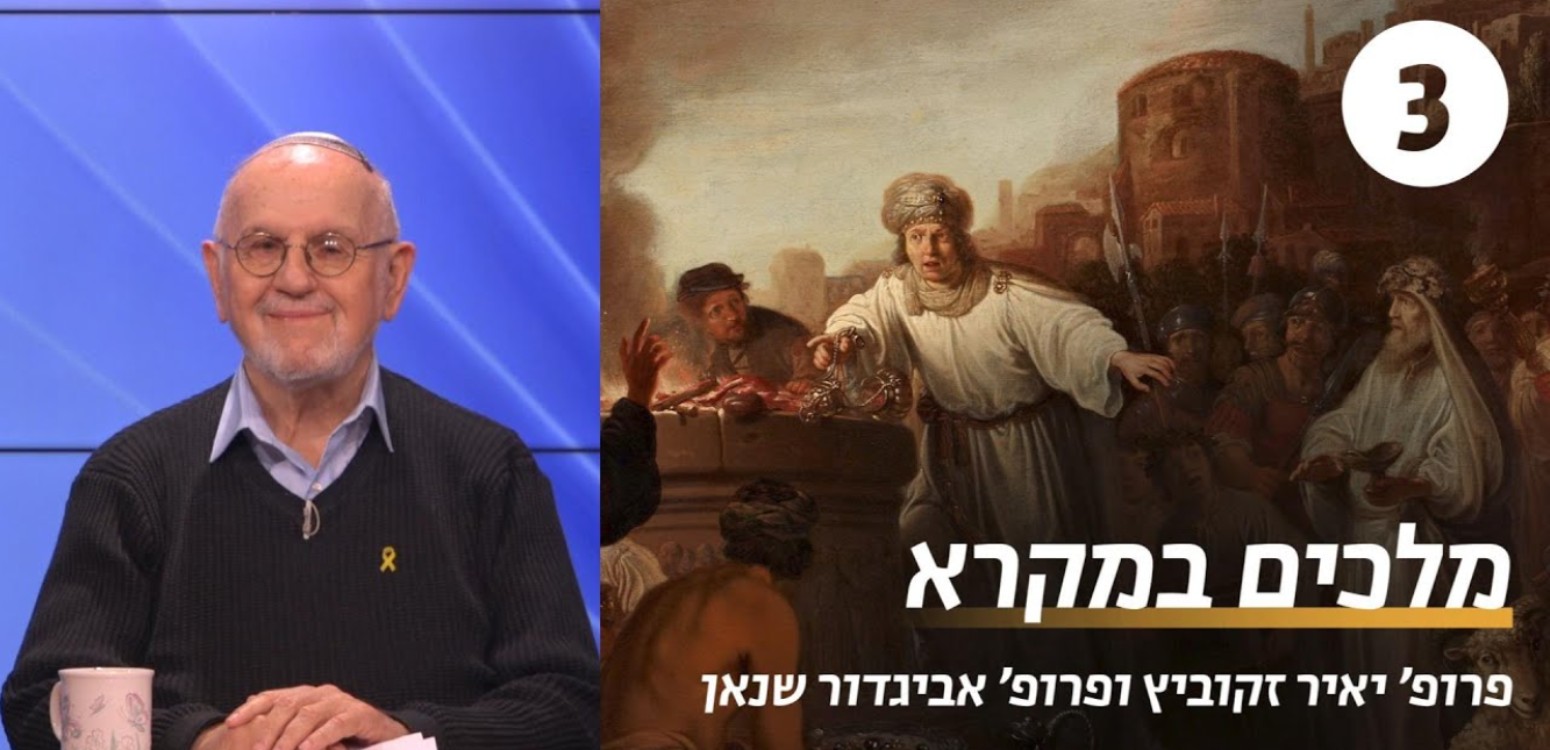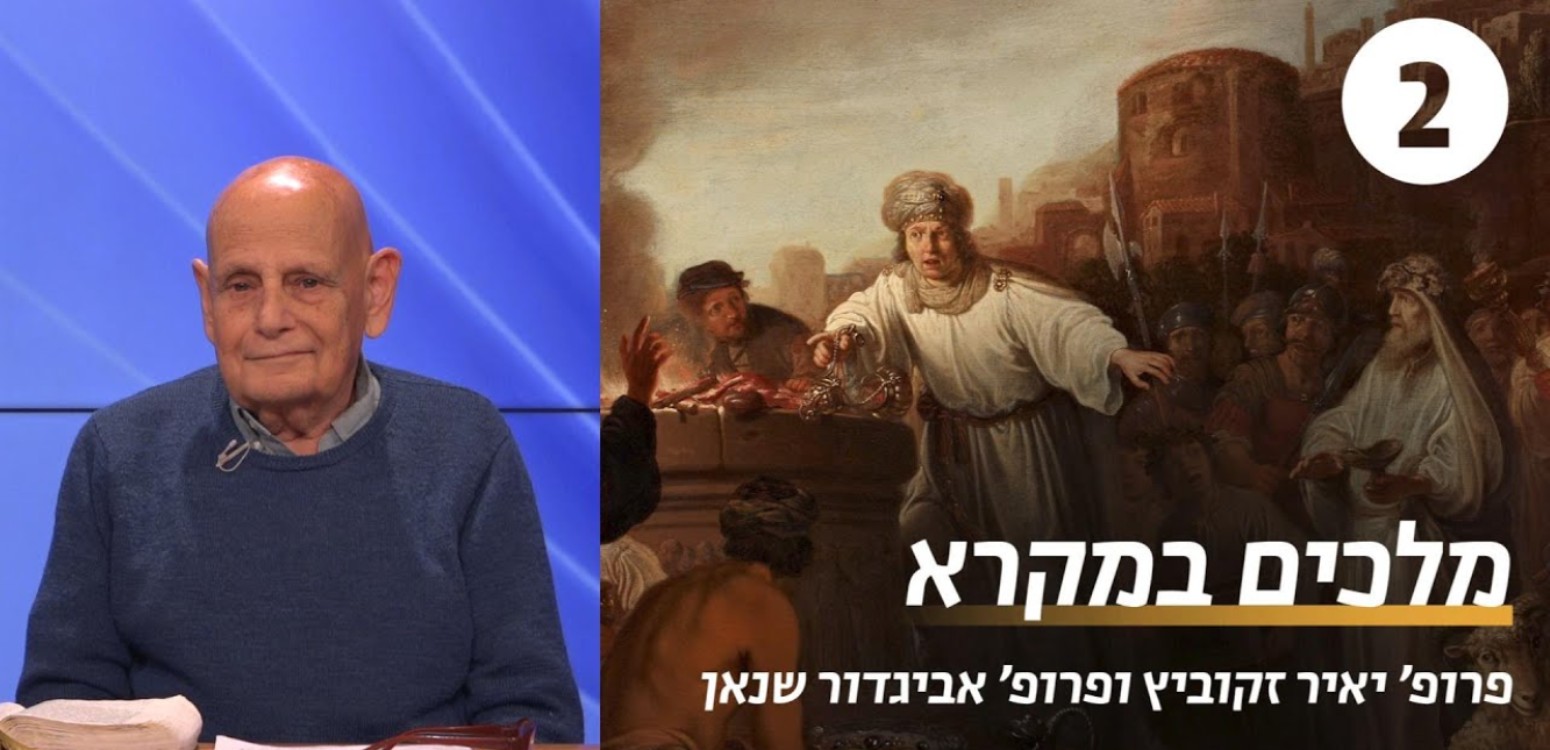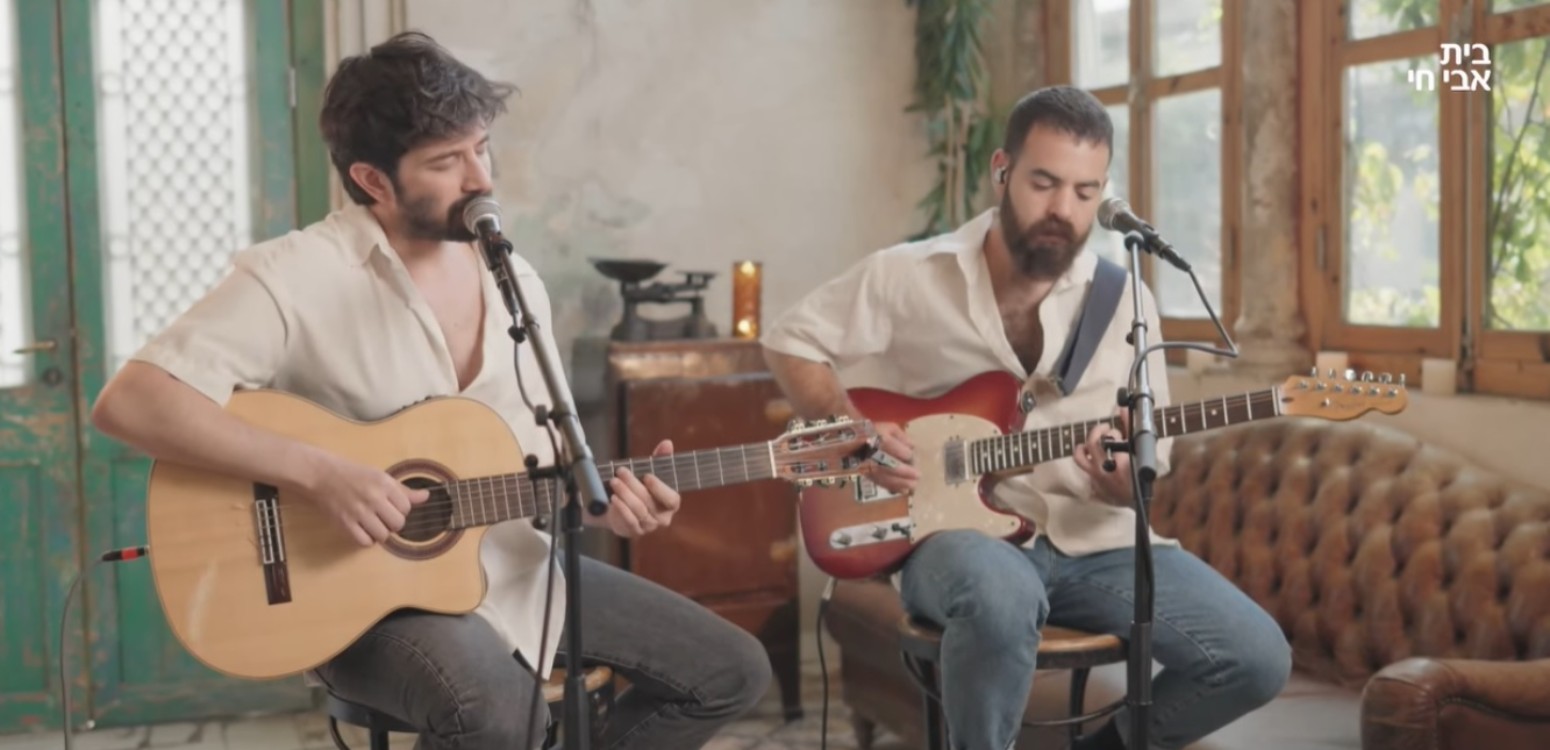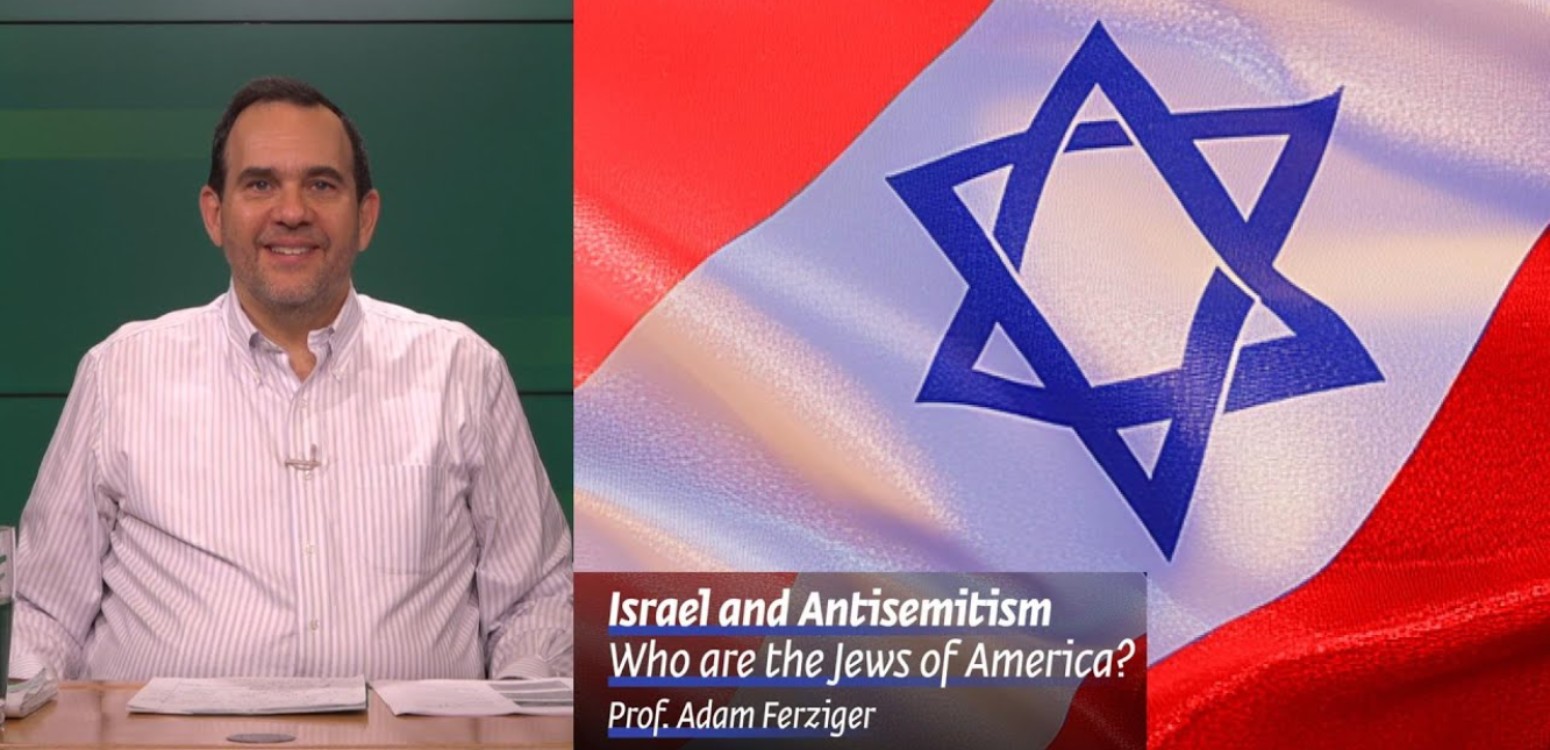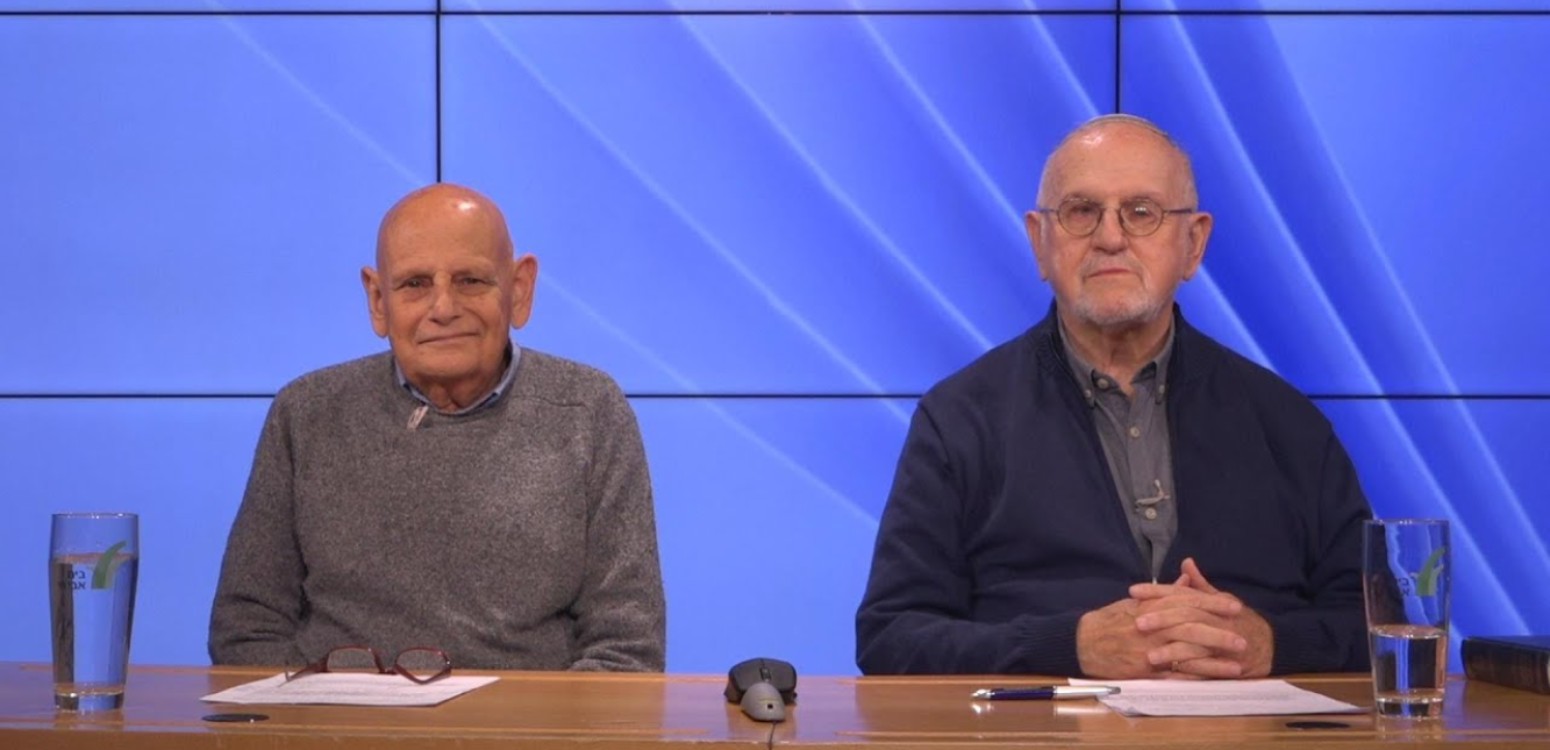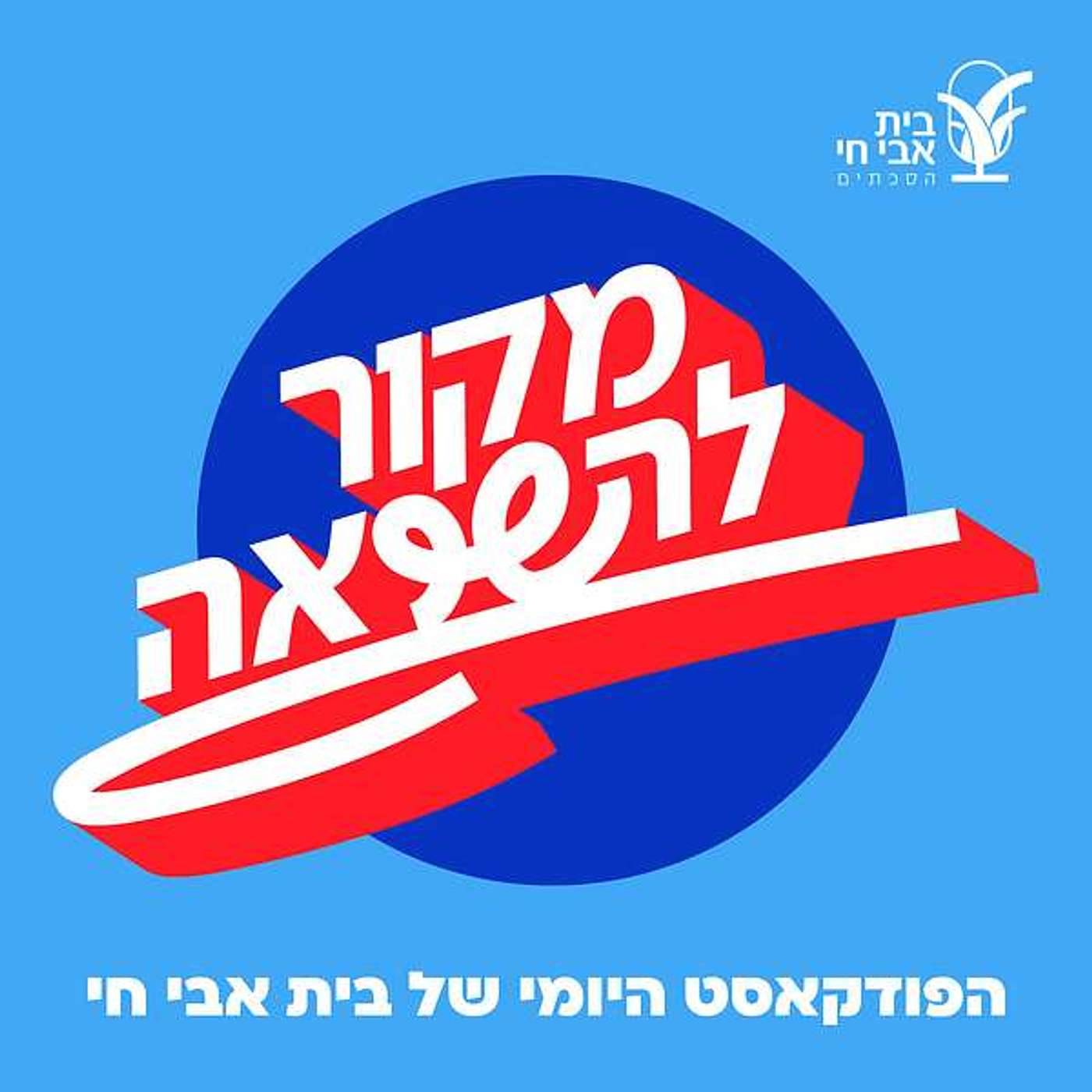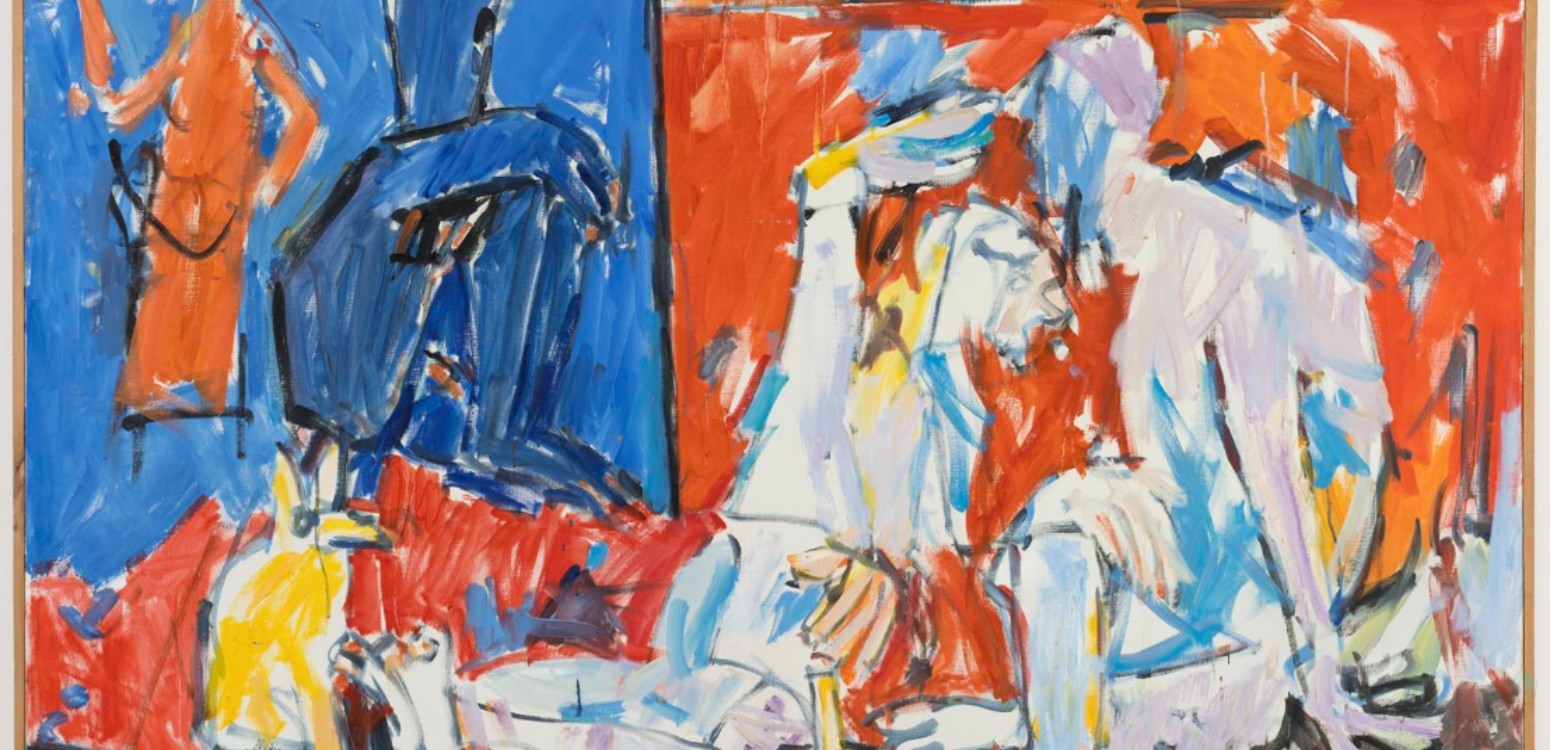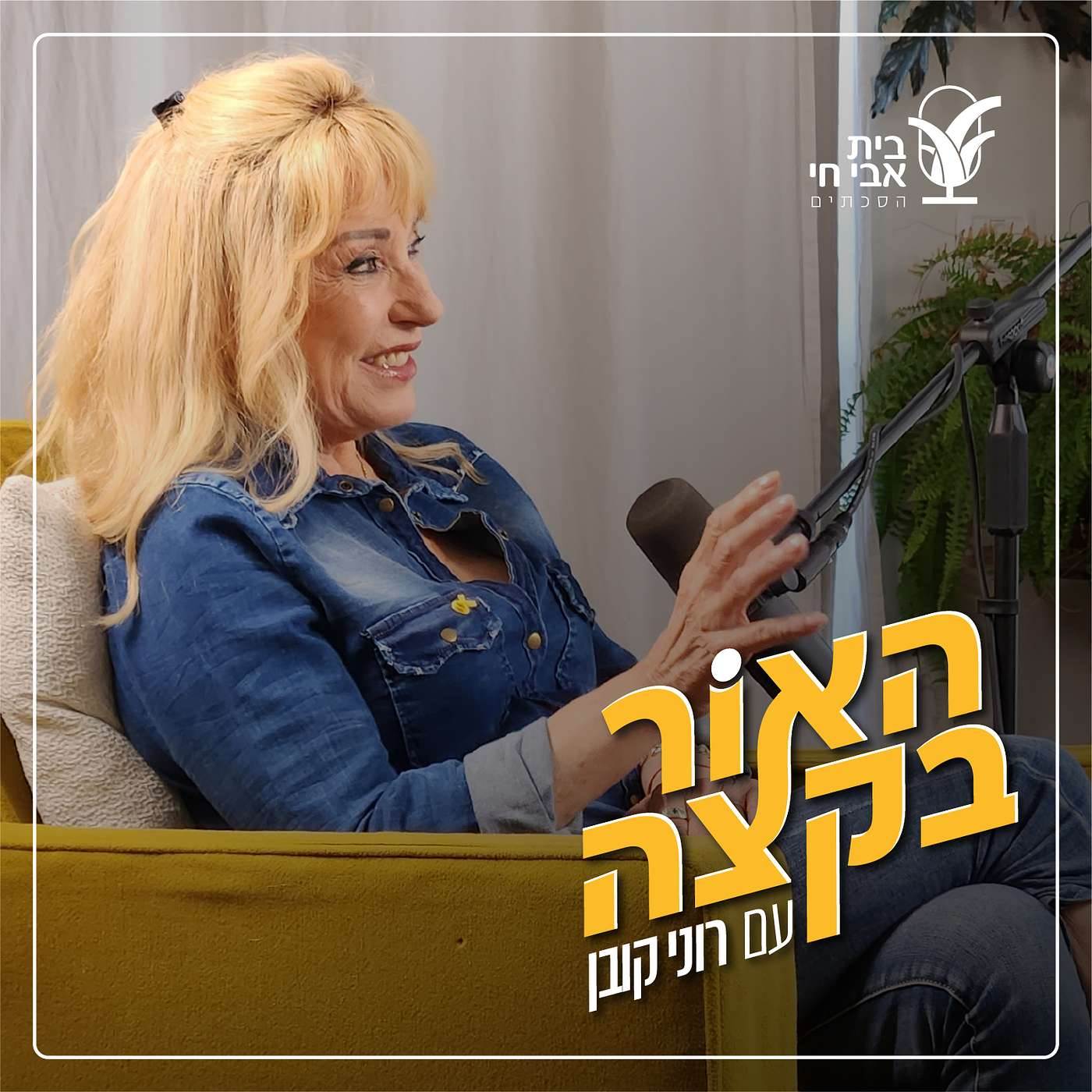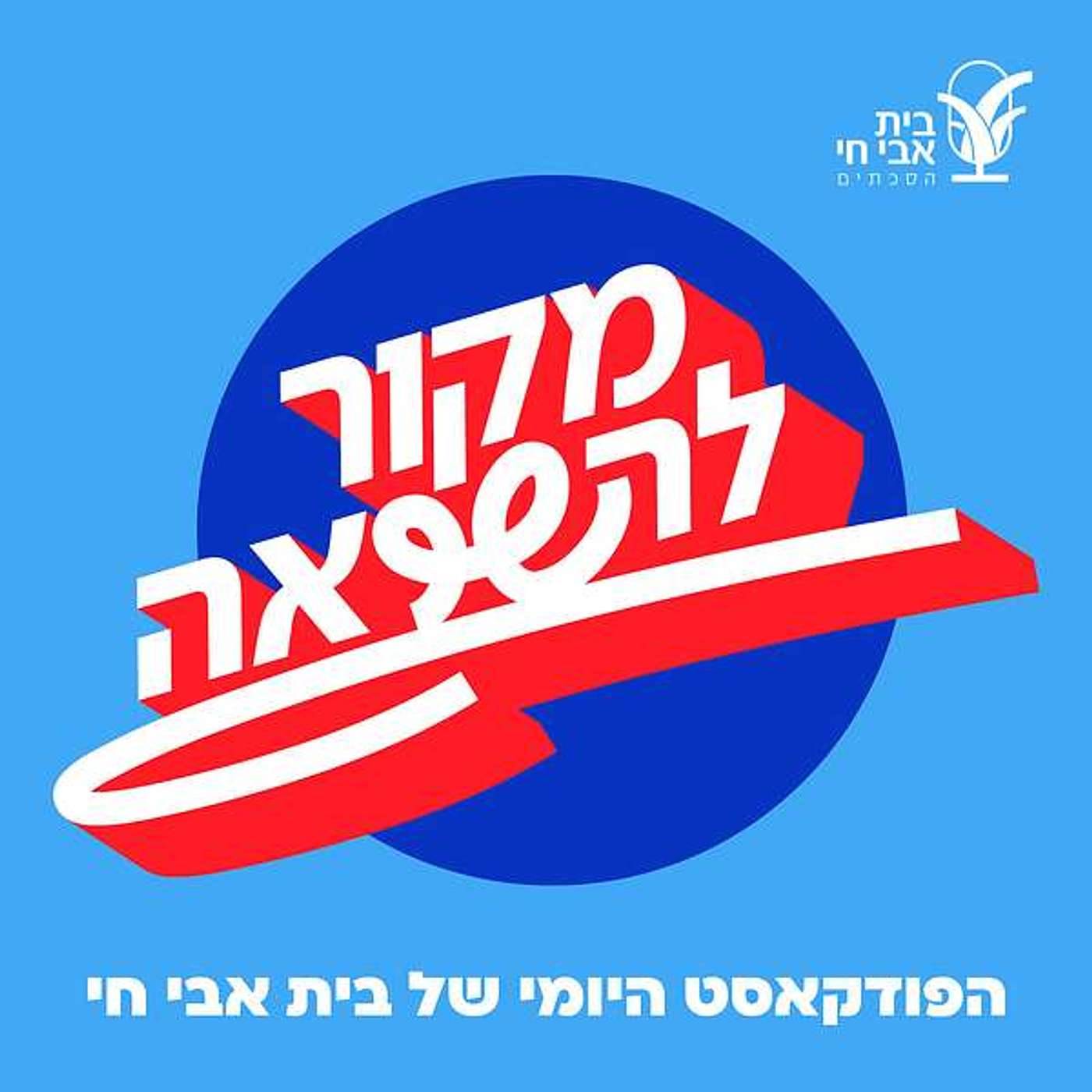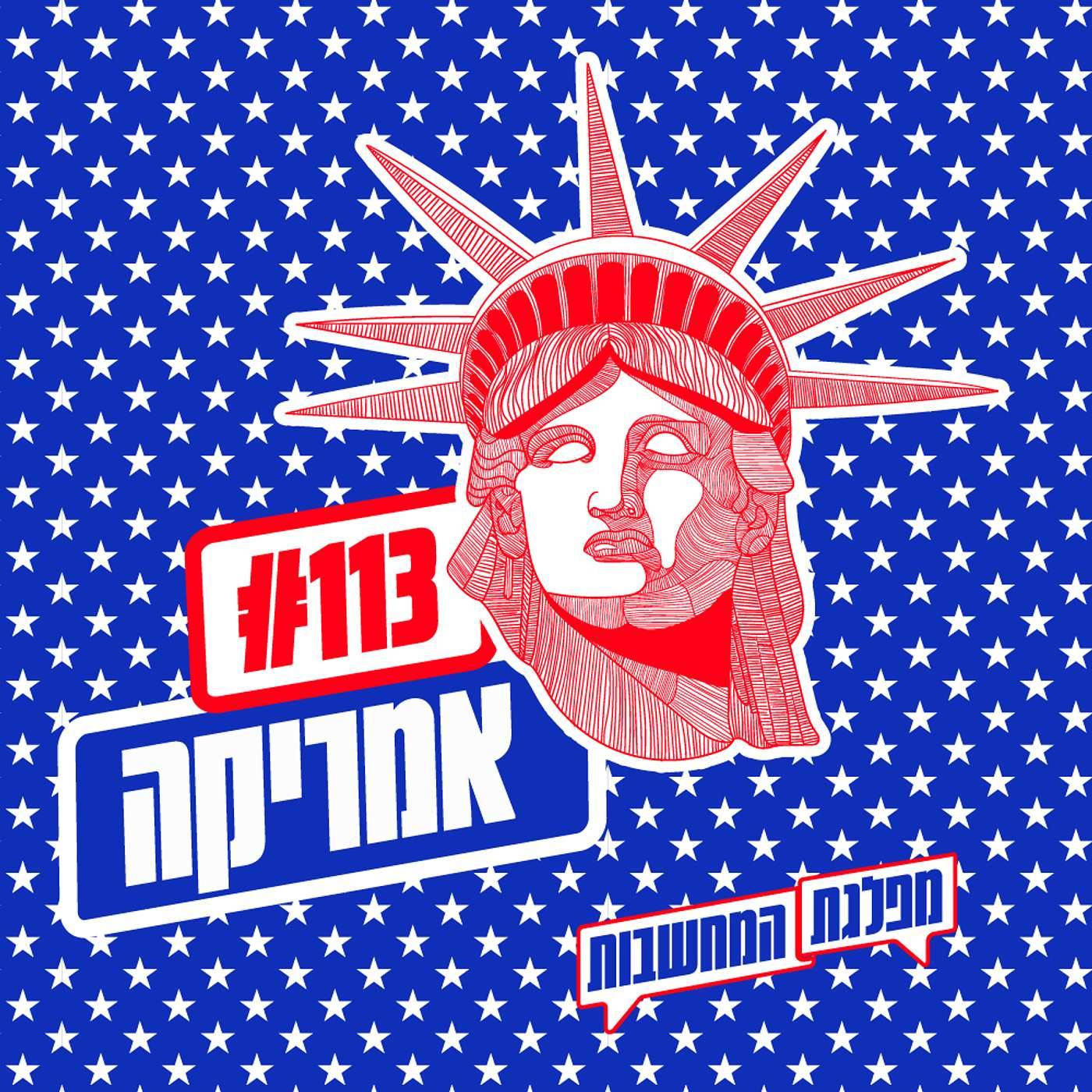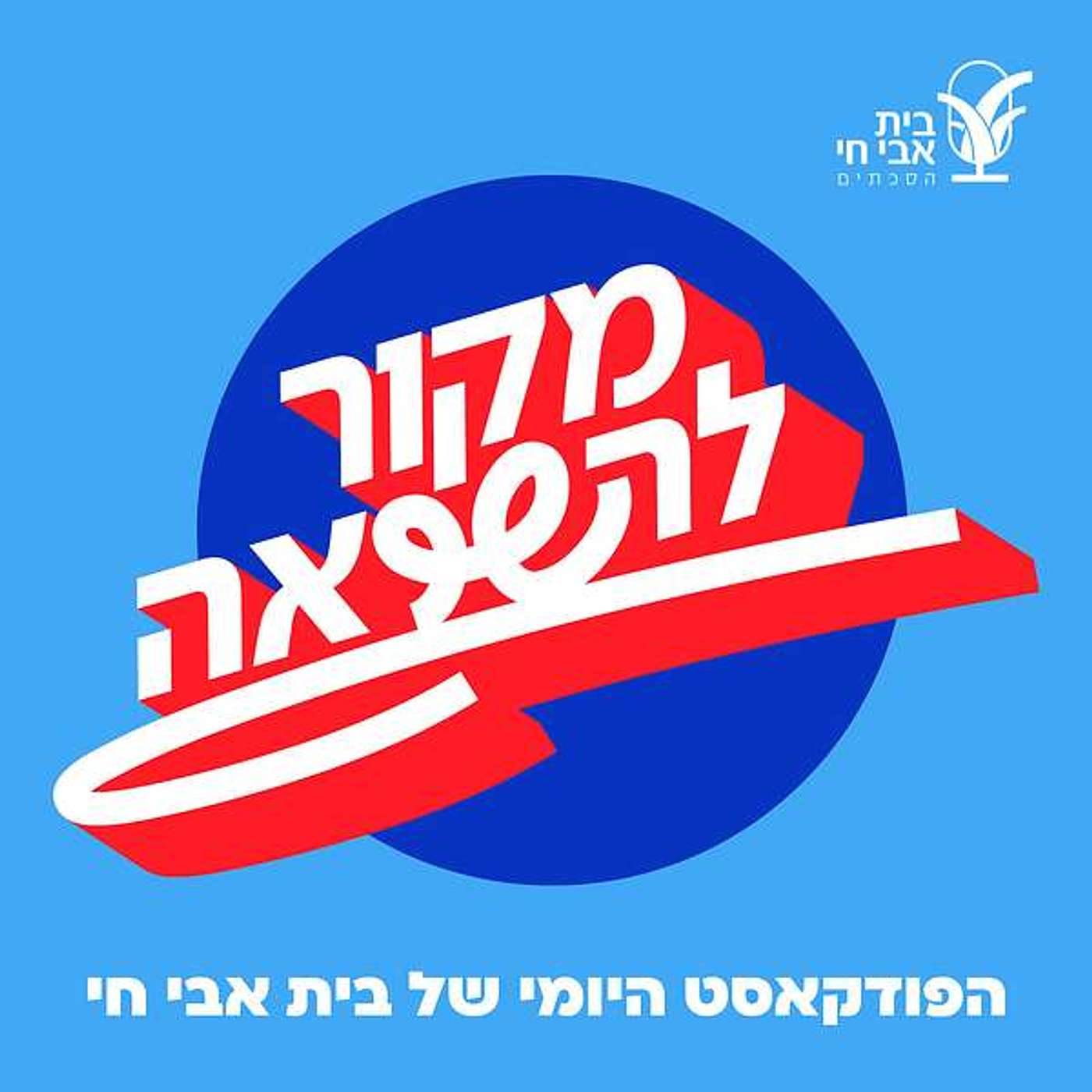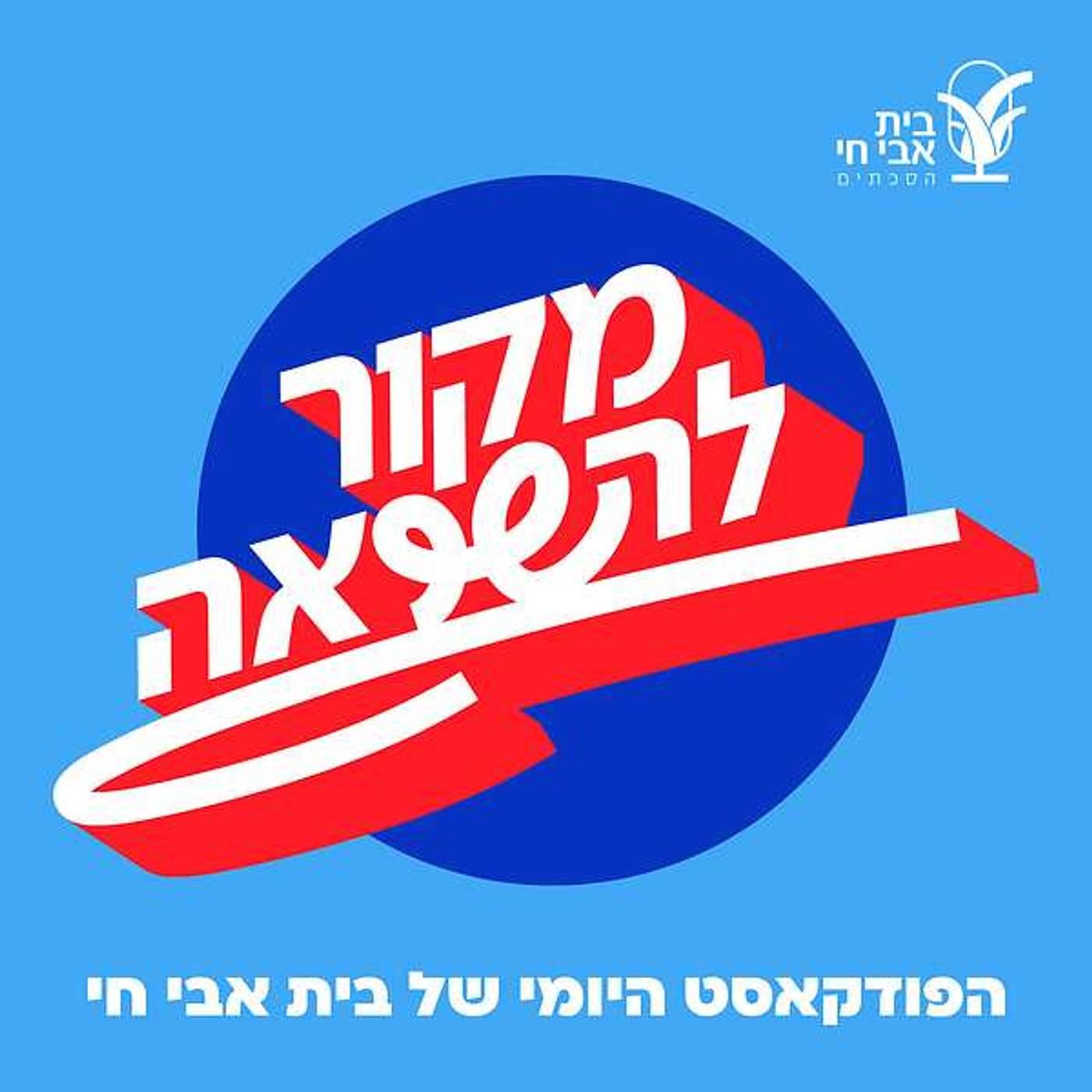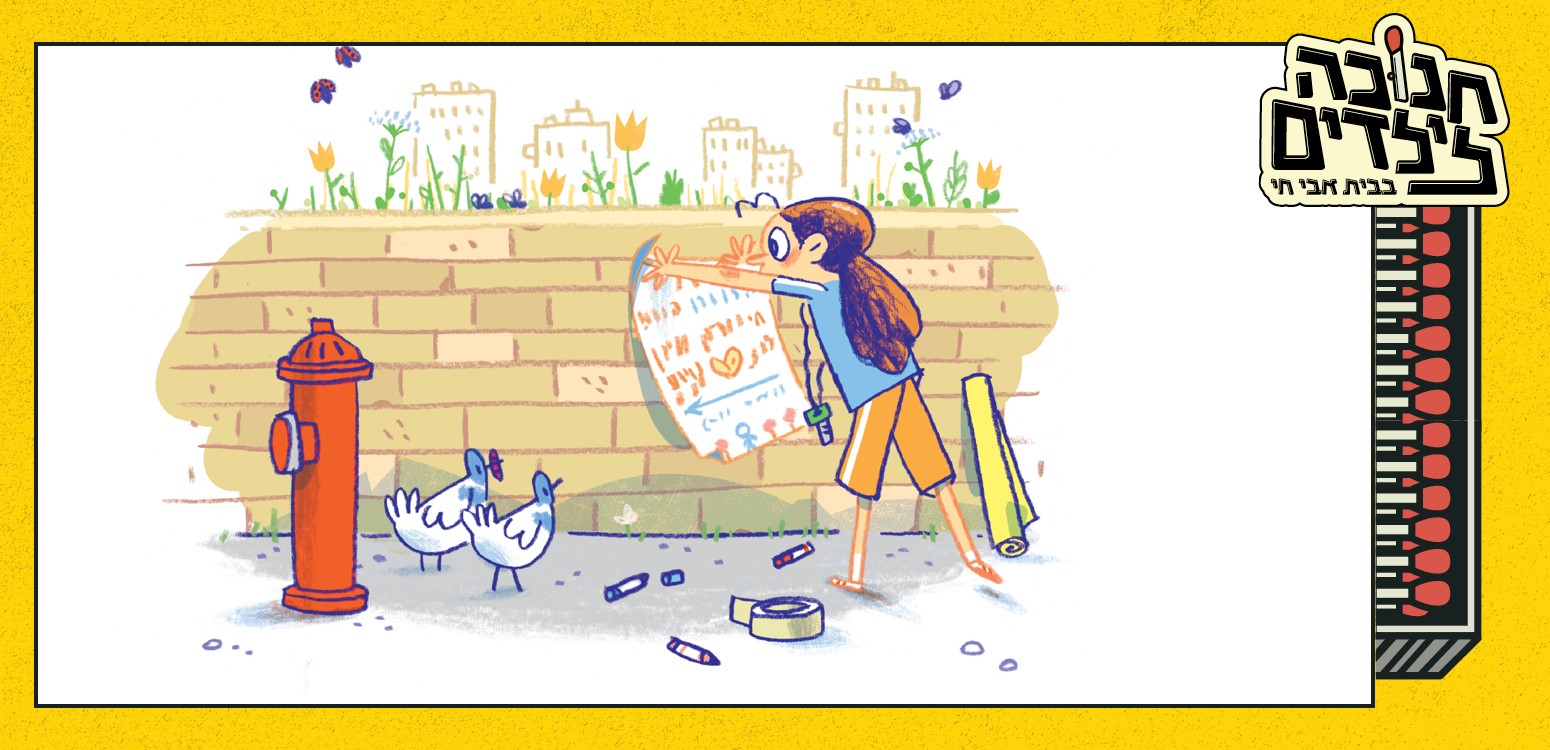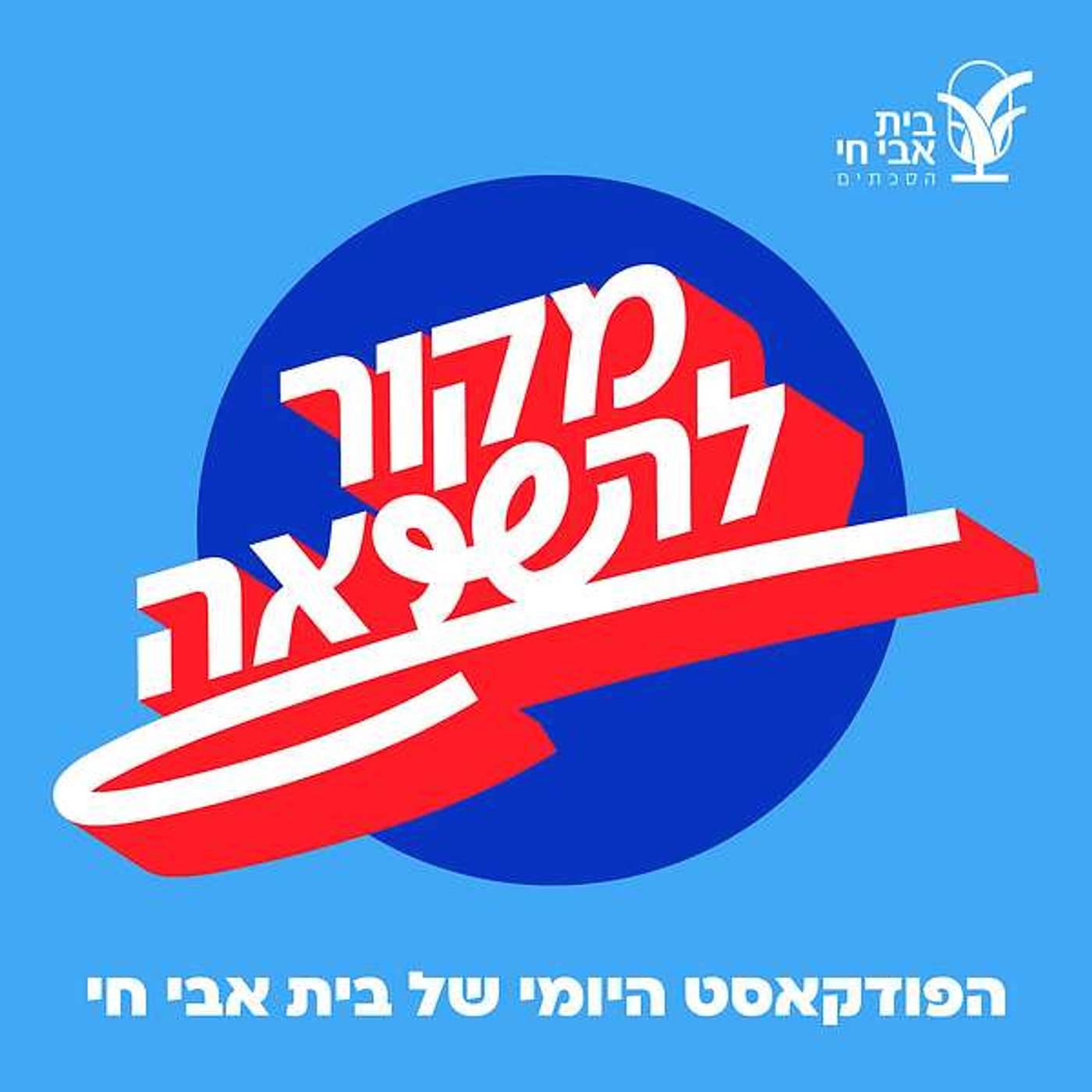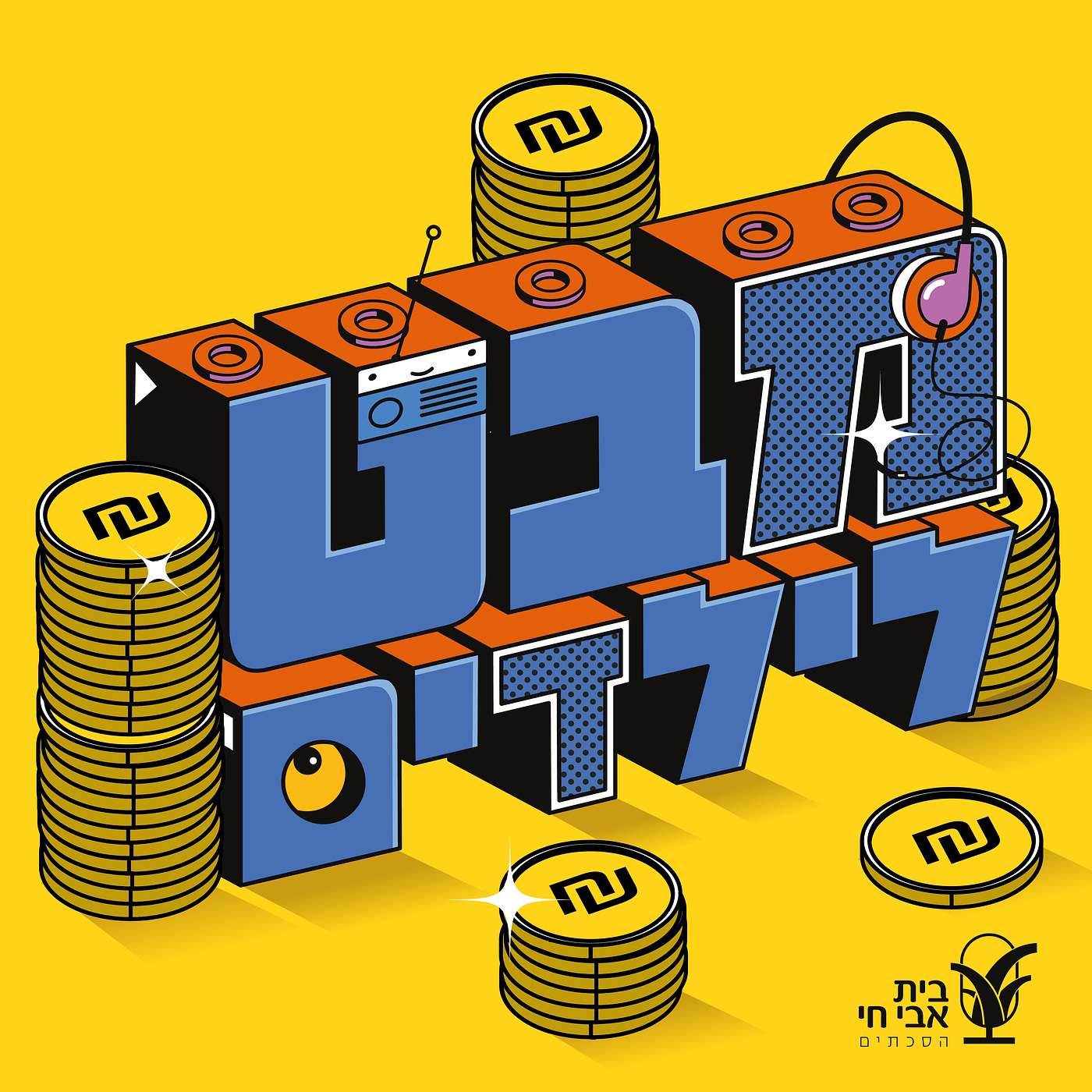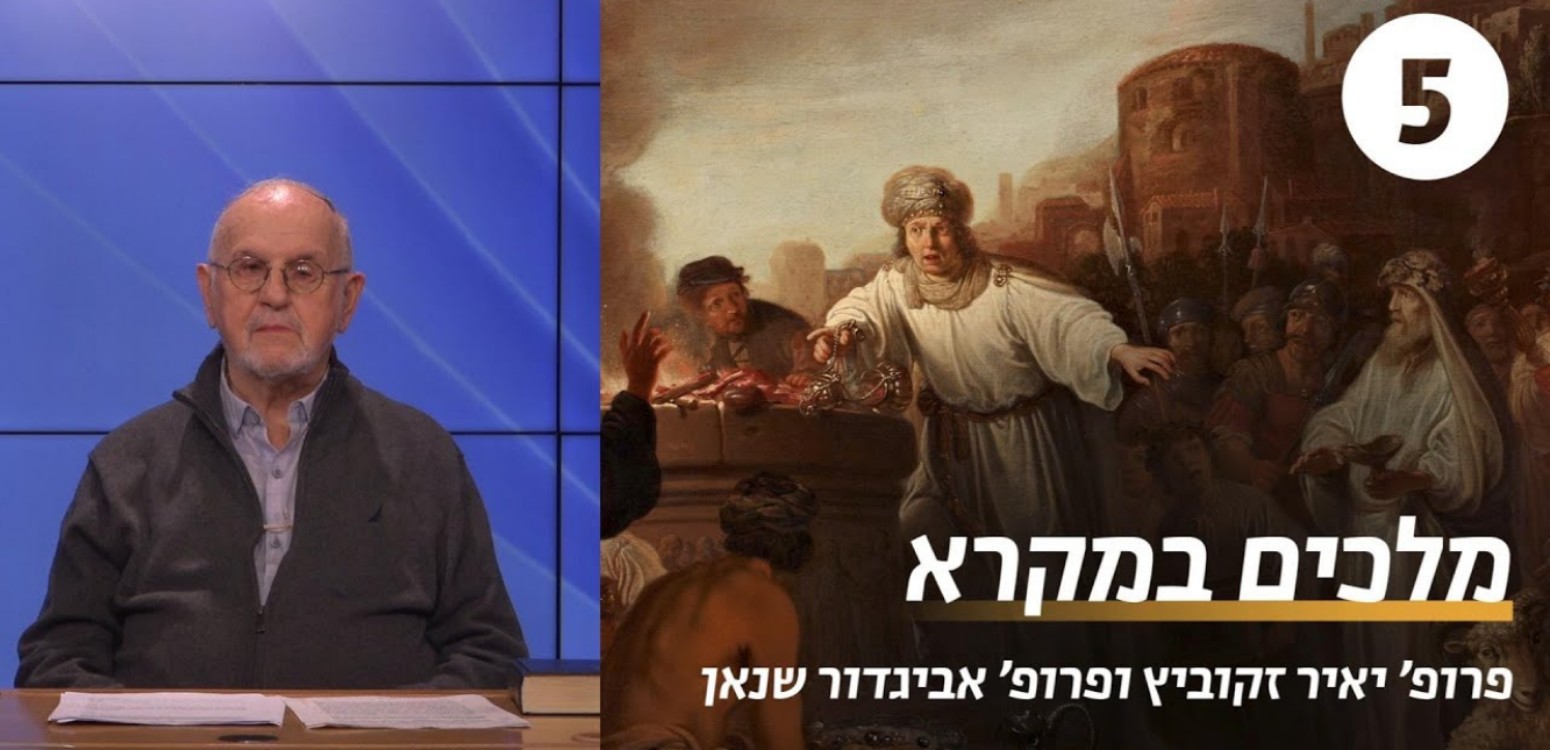
Ezra’s friends recount that even from a young age he was destined to be an officer. In 1993, as the commander of a platoon of paratroopers, he was killed by friendly fire in Southern Lebanon. Hadas Gilboa and Ofira Levanon created a moving clip in his memory. A Face.The Day.A Memory
In memory of Ezra Asher - 7th of Shevat 5731 (February 2, 1971) – 4th of Sivan 5753 (May 24, 1993)
Always a man
Ezra Asher was named after his uncle who served as a squad leader in the paratroopers and was killed in a chase after terrorists in the Jordan Valley. His grandmother on his mother’s side was killed in the War of Independence in a bombing raid by Egyptian planes on Kvutzat Yavne. Ezra knew all his life that he would be an officer and his friends describe him as being the model of an officer – it was reflected in his values and his confident yet restrained leadership. One of his friends wrote on the day of his death: “Look for the man who worked in the fields all his life and grew flowers / Look for the man who trained and practiced maneuvers in the field and raised soldiers / Look for the man who learned Torah and was preparing for life / Look for the man who combined all three together in a pure mixture / Look for the man who in all his ways was always a man.”
 Erez Asher z"l |
After high school, Ezra furthered his Torah learning and prepared himself for the army at the yeshiva mechina in Eli, located in the Shomron. In August 1990, he joined the army and volunteered for the paratroopers – he was assigned to Battalion 101. At the end of basic training, he completed the parachuting course and continued on to the advanced training course. From there he went on to the squad leaders course and on its conclusion was given the rank of Corporal and joined the command staff of the battalion. In February 1992, Ezra was sent to the infantry officers course. He became an officer and then a commander at the Squadron Leaders School. He was unwilling to be an instructor and did everything he could to return to his unit.
In one of letters from Lebanon, Ezra wrote to his girlfriend Danny: “I am involved in dangerous missions, in which there is a good chance that I will encounter terrorists. There is a desire for contact with the terrorists. But for me the most important thing is that everyone comes back from the mission without a scratch.” In his last letter to Danny, Ezra wrote: “The missions I am sent on involve a heavy burden of responsibility. I am taking soldiers with me on the most difficult missions and what I decide and how I perform will determine their fate. Because that is, essentially, the nature of being a commander and an officer in a combat unit like ours.”
 |
On May 24th, 1993, he was killed by friendly fire during an ambush in the Kabriha area in Southern Lebanon. Three other members of the company were also killed: Staff Sargent Dvir Yaakov Mor Haim, Sargent Ehud Halamish and Sargent Yaakov Gabai. Ezra was buried in the military section of the cemetery in Kvutzat Yavne, in the same row as his uncle, his grandmother and other members of his family who were killed in Israel’s wars. He left behind parents, his sister Hadas and his two brothers Guy and Aviya. He was 22 years old on his death. He was posthumously awarded the rank of First Lieutenant. |
Written on Paper
“Paper Boats” describes a dialogue between a boy and a fallen IDF soldier, up until the bitter realization that his father is also going to war. Hadas Gilboa and Ofira Levanon describe their work.
The story of First Lieutenant Ezra Asher, who was killed in a combat accident in Southern Lebanon, touches the heart and at the same time presents a major challenge. How do we approach such a sensitive story? How do we do justice to the story and those involved in it? The main problem from our perspective was to respect each of the important aspects of the story and still preserve our language. Therefore, we hesitated over every point that we chose to present and at every stage we looked back in order to ensure that we had preserved the emotion and the interest that attracted us to the story.
The clip that we prepared is based on the story “Paper Boats”, which was written by Asael Kahana, a friend of Ezra. By way of Asael’s moving story, we wanted to very delicately touch on the circumstances in which Ezra was killed and also to describe the viewpoint of a child who understands for the first time that “his dad is going to war.” The story takes place in a non-realistic setting and is a kind of fantasy or dream of a boy who is imagining that the picture in the paper has come to life. We chose this story because we felt that it is appropriate for animation using techniques that we developed with paper, with which it is possible to present something that can’t be felt in reality. We believed that our technique can enhance Asael’s story and can provide the paper figure with a real soul, as well as giving everyone an opportunity to remember how he perceived Independence Day in his childhood. We believe that we have succeeded in creating a sensitive and interesting work that respects Ezra’s story, the way in which Asael chose to tell it and perhaps also something small from own point of view.
עוד בבית אבי חי

